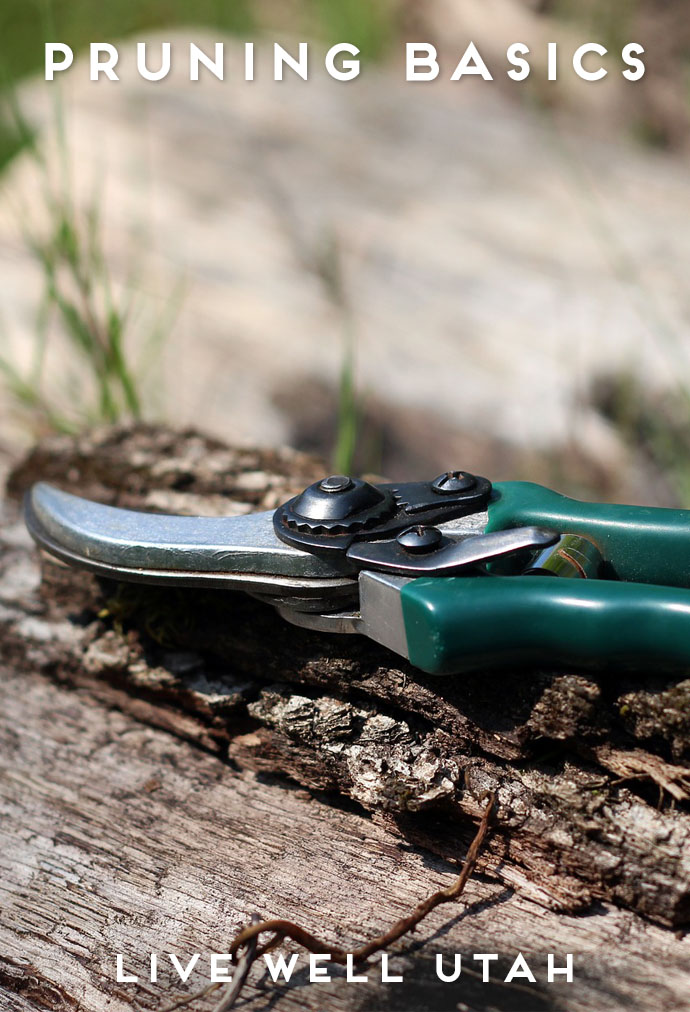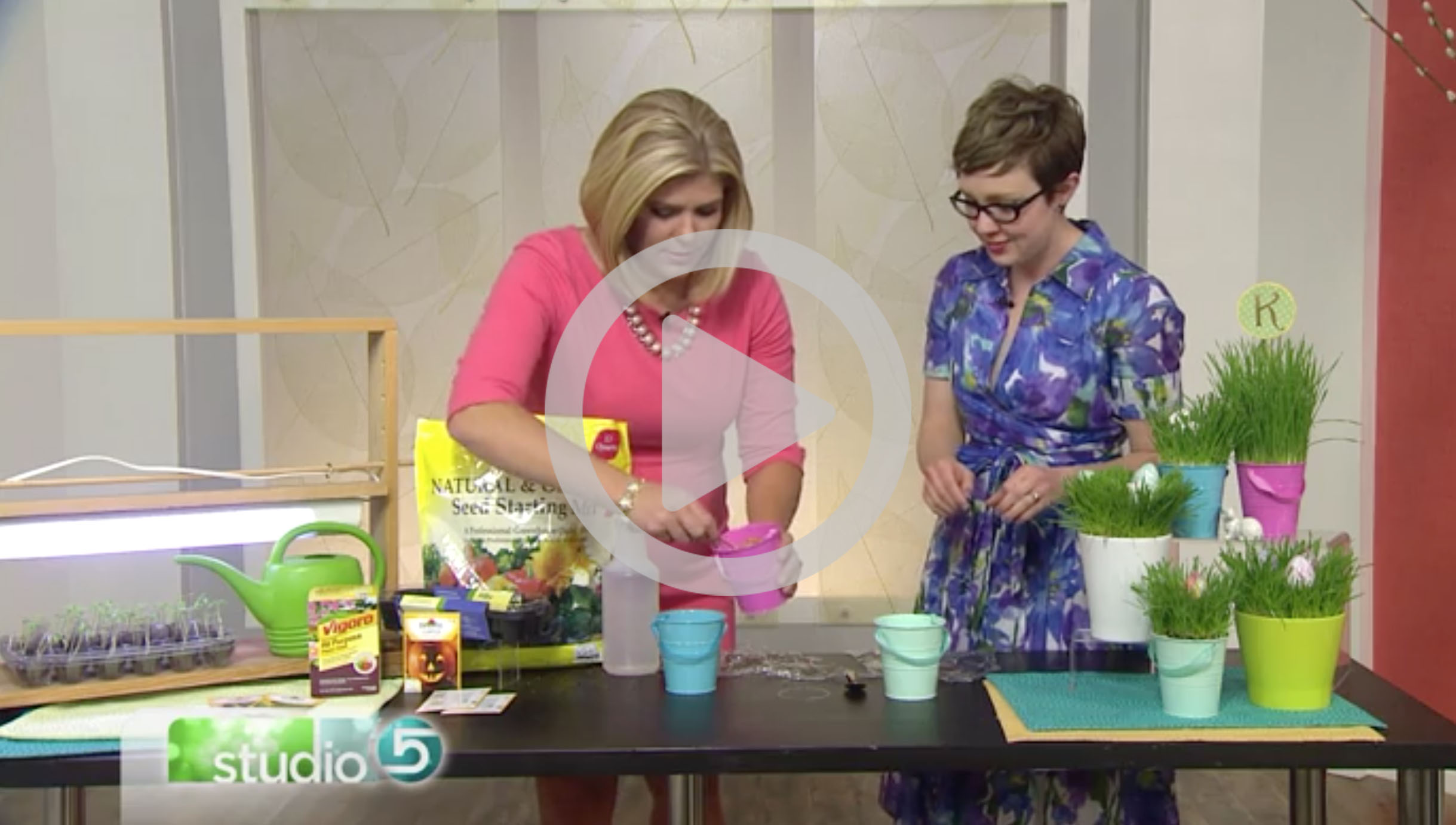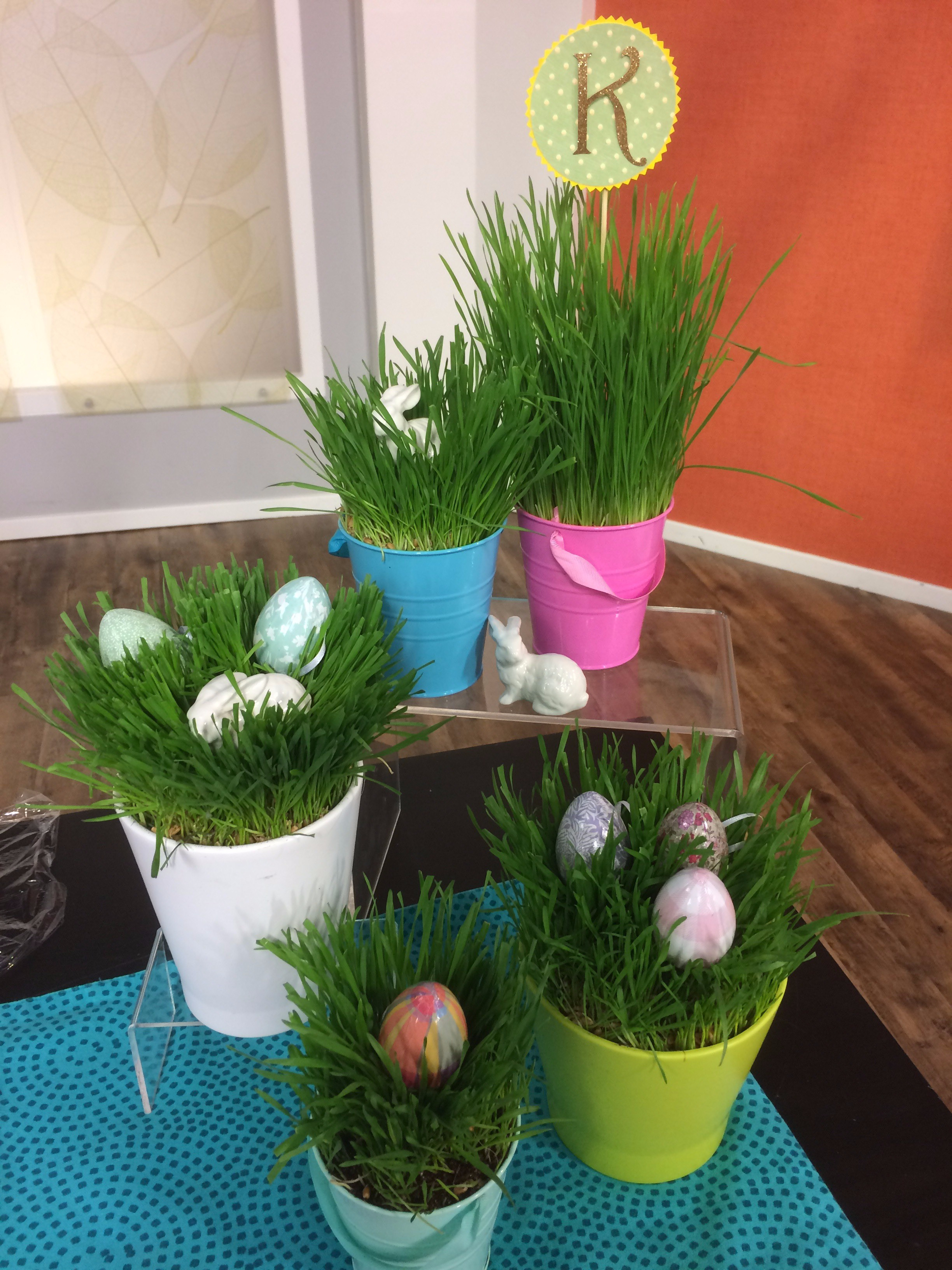10 Tips for Surviving Grocery Shopping with Kids
 Grocery shopping with children can be stressful, but with a little planning and preparation, it can be a great experience for you as a parent and for your children.
Grocery shopping with children can be stressful, but with a little planning and preparation, it can be a great experience for you as a parent and for your children.
Sometimes it’s in the produce section, sometimes in the middle of an aisle, and often in the checkout line: a young child melting down in the grocery store. The screams of an overtired, hungry or begging child are annoying to everyone in the store but especially exasperating for the parent trying to deal with kid drama in public. The common wisdom is to do all grocery shopping alone to save money and make healthier choices, but this isn’t always practical. When I was a young mother with multiple kids to wrangle, my husband was either in college while working full-time or working two jobs, so I had to take little ones with me to the store if we were going to have any food in the house. Through my experience and learning from other moms, I’ve gleaned some tips for making grocery store expeditions survivable and even fun! Read on for 10 tips for enjoyable and stress free shopping with your kids
Always, always plan ahead for your shopping trip! It’s vital to go into it prepared!
- Make a list, and arrange it as much as possible to match the layout of the store. Be like Santa and check this list twice. Find more information about planning menus and preparing to shop here.
- Schedule your shopping for a time when your children will not be getting tired and cranky. For most kids this is in the morning, but go with what you observe is their happiest time of day.
- Allow enough time to shop without rushing. This helps you make better choices and keeps the kids from feeling your stress and getting themselves worked up.
- Make sure everyone has eaten, and perhaps even pack a healthy snack to take along.
- For young kids, let them take a favorite toy or book if they’ll be riding in the cart.
Make the kids part of your shopping team. You’re all in this together!
- Before entering the store, go over your expectations for their behavior and make sure they understand. This is best done as a positive pep talk. Be sure to include a reminder about your treat policy. Some parents let kids put a treat on the list to be included in the shopping, some let the kids select something in the checkout line if they’ve done well during the shopping, some let the kids know that there will be no treats. It’s important to be clear with the kids about what will happen with treats ahead of time, since they’ll be bombarded with temptation in the store.
- Give kids age-appropriate tasks to do. Kids of all ages can help look for products by matching what you’re looking for to the store ad or coupons (organize this ahead of time), or they can play “I Spy” and look for certain colors, letters or items. Elementary age kids and older can learn about unit pricing and help you find the best deals. Young children love to help pick out produce, for example: “Which squash should we get?” Kids can also help you carry small items. Watch for our next article for more detailed information on age-appropriate tasks children can help with in the grocery store.
- Use the self-checkout if it’s available, and let your kids help scan and bag the groceries. Reusable grocery bags are the easiest for youngsters to use. Self-checkout is also a good way to avoid the kid’s-eye-level candy that causes so many grocery store meltdowns.
Safety first!
- Never allow a child to stand in the grocery cart. I learned first-hand how easily a toddler can fall out of the cart when you turn your back for a second! We were lucky and my daughter wasn’t hurt, but according to the Consumer Product Safety Commission an estimated 19,800 children under five years old were treated in emergency rooms for shopping cart injuries in 2012 in the United States (cpsc.gov). Also make sure the safety belt on the cart you choose is in working order and buckle your child in securely.
- Children who can walk can learn early on to hold on to the cart lightly so that they don’t wander off and get lost. My children learned this lesson so well that even after they were grown and moved away from home, a couple of them caught themselves holding onto the cart when we went shopping together! Consistent reminders to hold onto the cart works for most children. Stubborn ones might need incentive to stay in contact with the cart, and you can make a game of this.
Sometimes tantrums just happen. Despite your best-laid plans, sometimes tantrums still happen. Don’t panic if your child has a meltdown in the store. Every parent has gone through it so most people will be sympathetic to your plight. If you are unlucky enough to get a comment from a grouch, feel free to ignore it—you are there to help your child not to impress random strangers. It’s one of the hardest challenges of parenting, but it is very important NOT to give in to a tantrum. You don’t want to teach your child that tantrums work to get what they want or to get you to leave the store before you’re finished with your shopping. Simply take the child aside and let them know that you are taking a little time out until they are ready to try again. If necessary, you can ask a store employee to set your cart aside while you take the child to the car to calm down. Once they are ready you can return to the store and finish shopping.
When your shopping trip goes smoothly and the kids maintain good behavior, don’t forget to reward them! This can be as simple as giving them a sticker or as elaborate as a special trip to the park. It’s best to avoid food or “treats” as rewards so that you don’t put children on the road to emotional eating or learning to value sweets over healthier foods. The grocery store experience can be difficult and overwhelming for kids, so when they do well be sure to reinforce that good behavior.
Finally, if possible, shopping alone can be a good choice, especially if you are in a hurry. Most people are able to make more thoughtful purchasing decisions without the distraction of another person going along, but grocery shopping can be low stress and even enjoyable with children when you are prepared. It also provides a great opportunity for children to learn about nutrition, planning, resisting impulses and how to behave appropriately in public.
Check our calendar for Healthy Family Fun events in your area, and join us for a good time with your family learning about healthy lifestyles and relationships.
By Alissa Weller, Healthy Family Fun Box Elder County Coordinator and Carrie Durward, PhD RD Assistant Professor and Extension Nutrition Specialist
 Are you interested in keeping backyard chickens? Here is some basic information to get you started.
Are you interested in keeping backyard chickens? Here is some basic information to get you started. Bees are critical to our food system, and yet many people still see them as a nuisance. Increase your understanding with these five facts about bees.
Bees are critical to our food system, and yet many people still see them as a nuisance. Increase your understanding with these five facts about bees. You don’t have to be Edward Scissorhands to prune and trim in your own yard. Check out these resources to help you become a proficient pruner.
You don’t have to be Edward Scissorhands to prune and trim in your own yard. Check out these resources to help you become a proficient pruner. It’s not quite springtime, but that doesn’t have to stop you from getting things growing. Here are three ideas to get an early start on spring that we shared last week on Studio 5. Watch the video, or read on for highlights.
It’s not quite springtime, but that doesn’t have to stop you from getting things growing. Here are three ideas to get an early start on spring that we shared last week on Studio 5. Watch the video, or read on for highlights.



 Interested in strengthening your marriage? Read on!
Interested in strengthening your marriage? Read on!
 You don’t have to wait for February 14 to roll around to think about how to strengthen your relationship. Check out these six tips for rekindling the spark in your relationship.
You don’t have to wait for February 14 to roll around to think about how to strengthen your relationship. Check out these six tips for rekindling the spark in your relationship. 

